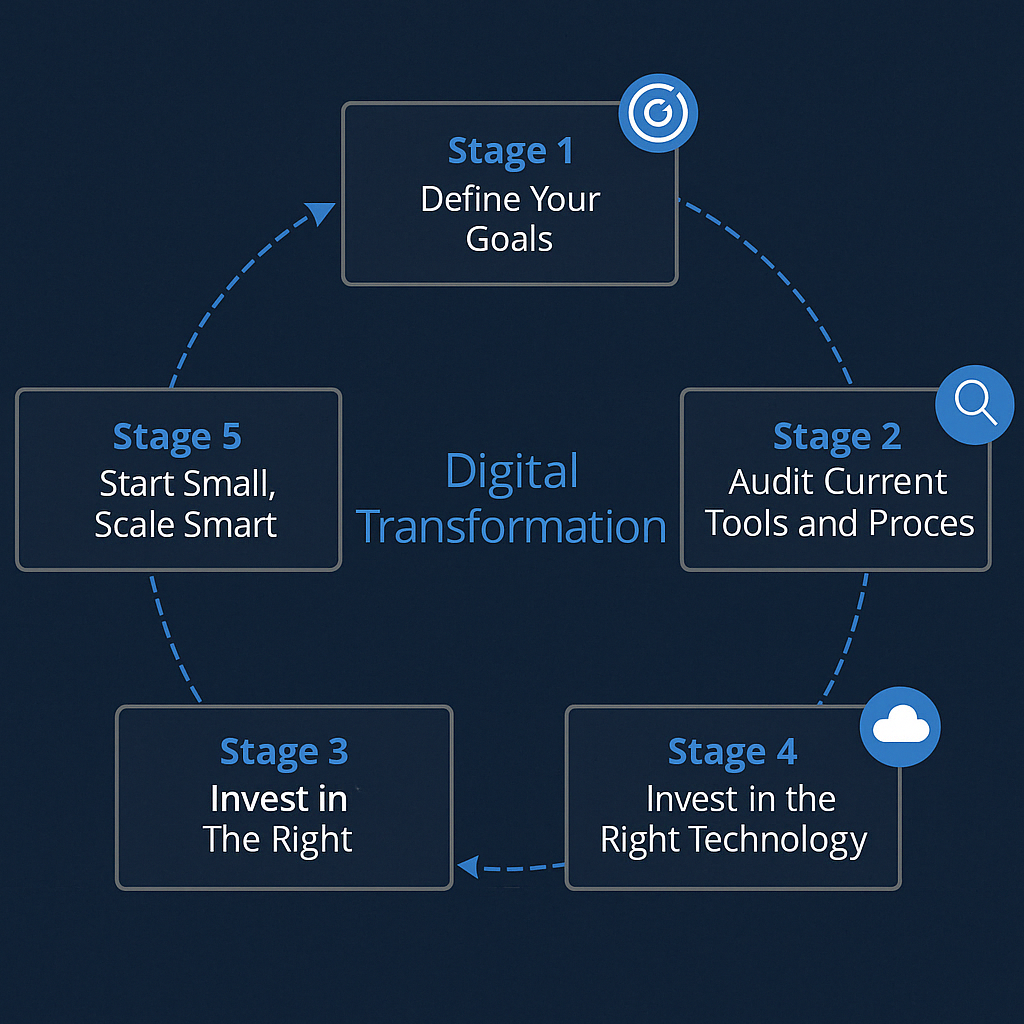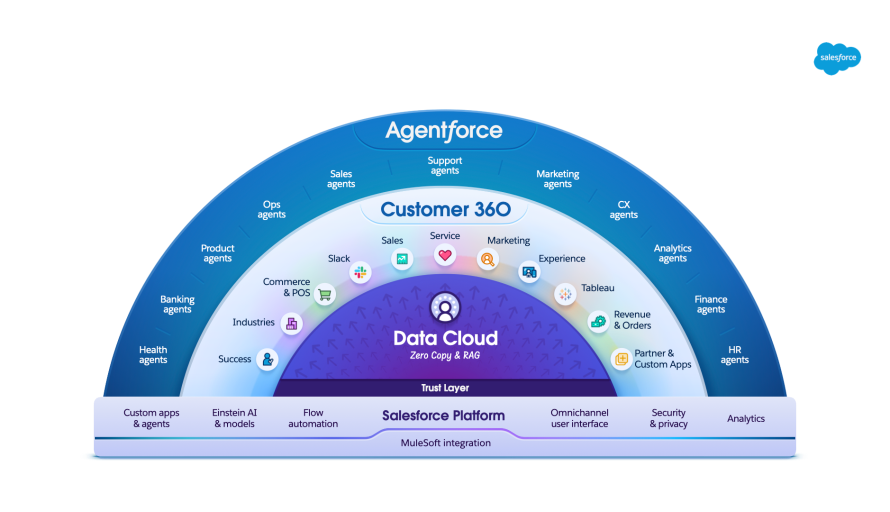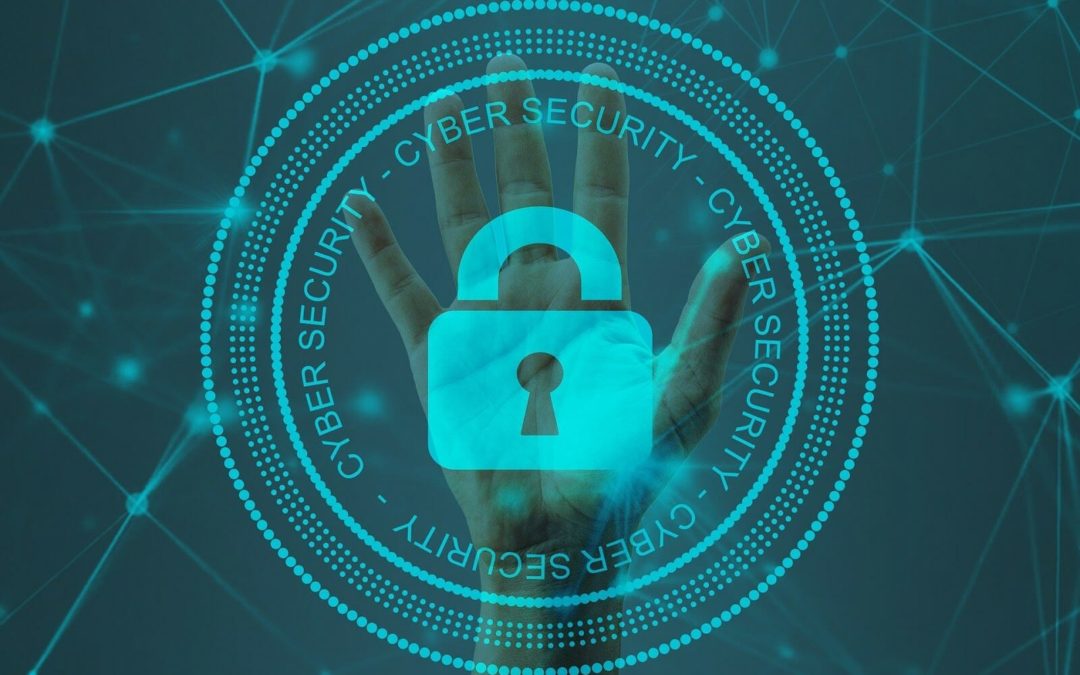Best Practices in Cybersecurity for Remote Work Environments
The rapid growth of remote work has introduced a new era of flexibility and convenience but has also created new cybersecurity challenges. Businesses must adopt robust cybersecurity practices to safeguard sensitive data and maintain the integrity of their operations when employees work from multiple locations and devices. This article will examine the cybersecurity best practices that organizations must implement to ensure a secure remote work environment.
1. Secure Connections to Networks
Encourage employees to connect to the company network via a Virtual Private Network (VPN), which encrypts their internet connection and protects data from potential surveillance.
Update Devices and Software Routinely: Ensure that all devices and software, including operating systems and security applications, have the latest security patches to defend against known vulnerabilities.
2. MFA stands for multi-factor authentication.
Apply MFA to All Accounts**: Access to corporate systems and applications should require multiple-factor authentication. Multiple-factor authentication adds a layer of security by verifying the user’s identity using multiple methods.
3. Secure Communication Technologies
Use encrypted communication tools for video conferencing, instant messaging, and email to protect sensitive conversations from unauthorized access. Avoid Using Public Wi-Fi for Sensitive Transactions: Discourage employees from utilizing public Wi-Fi networks for sensitive work-related transactions, as these networks are susceptible to attacks.
4. Robust Password Policy
Password Complexity: For increased password security, enforce strong password policies that require a combination of uppercase and lowercase letters, numerals, and special characters. Encourage password managers to store and manage credentials for multiple accounts securely.
5. Training and Awareness for Employees
Provide remote employees regular cybersecurity training to educate them on phishing schemes, social engineering, and other prevalent threats. Establish a straightforward procedure for promptly reporting suspicious communications or incidents to the IT department.
6. Product Security
Endpoint Protection: Require employees to have up-to-date antivirus and endpoint protection software installed on their devices. Enable the capability to remotely erase data if a device is lost or stolen to prevent unauthorized access.
7. Information Security and Encryption
Implement data encryption for sensitive files and communications so that, even if intercepted, the data remains unintelligible to unauthorized parties. Encourage using secure cloud storage solutions that provide encryption and access controls to safeguard data.
8. Repetitive backups
Automated Backups: Ensure that employees regularly back up their work to a secure cloud or external storage device to prevent data loss caused by cyber-attacks or device failure.
As remote work becomes the new norm, businesses must make cybersecurity a top priority. By implementing these cybersecurity best practices, businesses can create a secure remote work environment that safeguards sensitive data, prevents cyber threats, and ensures business continuity. IT teams, employees, and management must work together in the ever-changing remote work landscape to construct a resilient cyber defense.
Written by Nadia Malikzada









